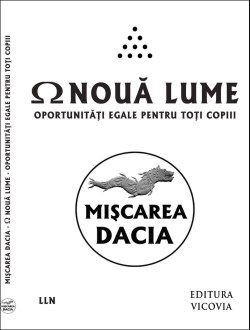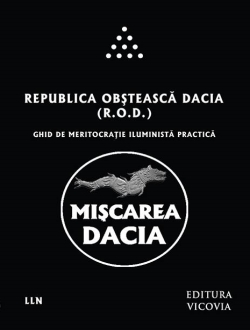Hyperian History Of The World (14th Century, Part 1)
„Hyperian History Of The World (14th Century, Part 1)
Following the crusade against the Cathar heresy, the Catholic church had then to deal with a supposed heresy from within one of their own sanctioned orders – the Knights Templar. The origins of the Templars goes back to the early 12th Century, after Jerusalem had been recaptured by christians and European pilgrims had begun to regularly make the pilgrimage to the holy land. Despite Jerusalem being under christian control, it was still dangerous for the pilgrims as bandits regularly lay in wait and would attack, rob and sometimes kill the travelling pilgrims. The Knights Templar were formed ostensibly as a means to protect and defend these pilgrims.
The Knights, who originally numbered only a few, stationed themselves at Temple Mount in Jerusalem, where Solomon’s Temple had once stood. There, they would protect incoming pilgrims from any robbers and bandits who would try to prey on them. Eventually, the order grew and spread all over Europe and became a revolutionary, almost global corporation, pioneering many practices familiar to us today.
For example, the Templars, who eventually became a wealthy order, thanks to many donations, devised a strategy to make the pilgrims less attractive to robbers. As the journey to the holy land was long for most pilgrims, they would often travel with large amounts of money or treasures. The Templars, who now had institutions all over Europe, began a system that resembles modern banking. When pilgrims set out on their journey, they would deposit their money or treasure at one of these institutions and would be given an official document recording the transaction. Then, once they arrived in the holy land, they would visit the Templars there, present their document and would receive the correct amount of money that they had deposited. This was a highly innovative system that proved very influential, yet due to the secretive nature of the Templars, it still remains unclear just how they managed this system in the time in which they lived.
Unfortunately, into the 14th Century, the tide turned for the Templars. Due to their wealth, the Templars were often owed money by powerful figures across Europe, monarchs, noblemen, priests and popes. Many of these figures grew to resent being in such debt to an order shrouded in mystery. Legends about the order began to spread telling alternative stories about them. For example, some have said that the protection of pilgrims was merely a front to disguise the true purpose of original Templars at Temple Mount, and that these original knights had in fact been searching that location for buried treasures and holy relics, perhaps the fabled Ark of the Covenant, or the Holy Grail itself? Some said they had found such treasures and were keeping them in secret, or using them in various kinds of rituals and rites when initiating new members.
Perhaps these sorts of stories began to be told simply to discredit the Templars, by those who wished to free themselves from their debt to the order, such as King Philip IV of France, who began to appeal to Pope Clement V to take action against the Templars. Eventually, on Friday 13th 1307, King Philip ordered the arrest of many French Templars, including their Grand Master Jacques de Molay. He accused them of being heretics and enemies of the faith as claims had been made that the Templar initiation ceremonies included having initiates spit on the cross, deny christ and engage in ‘indecent’ sexual practices. The order was also accused of worshipping idols, including a figure known as Baphomet and even a preserved severed head that they had supposedly recovered from the holy land. After this, Pope Clement gave in to King Philip and ordered all other European monarchs to conduct similar arrests of Templars in their own countries.
Philip had obtained confessions from many Templars, including Jacques de Molay himself, although he had utilised horrific methods of torture to get what he wanted. Pope Clement attempted to organise proper trials for the Templars, but Philip blocked him stating that the original confessions were enough to have the Templars all executed. Eventually Clement gave in completely and ordered the full disbandment of the Order in 1312. Jacques de Molay then retracted his confession and insisted on his innocence, yet he was nonetheless declared guilty and was sentenced to be burned at the stake in Paris on March 18 1314. Molay remained defiant to the end and, as the flames engulfed him, he called out that a calamity would occur to those who had condemned the Templars. Sure enough, by the end of the year, both King Philip and Pope Clement were dead.
The Templar order perhaps represents, like Catharism, another resurgence of gnostic thinking, if indeed the claims are true of their heresy and denial of christ. It seems unusual that the ruling powers of Europe would so eagerly have sought their destruction if the Templars weren’t a threat to the irrational faith of christianity. The struggle between irrational faith and wise philosophy was intensifying, and indeed, a new era of wisdom and brilliant creativity was about to begin. The Renaissance would soon be upon us.”












